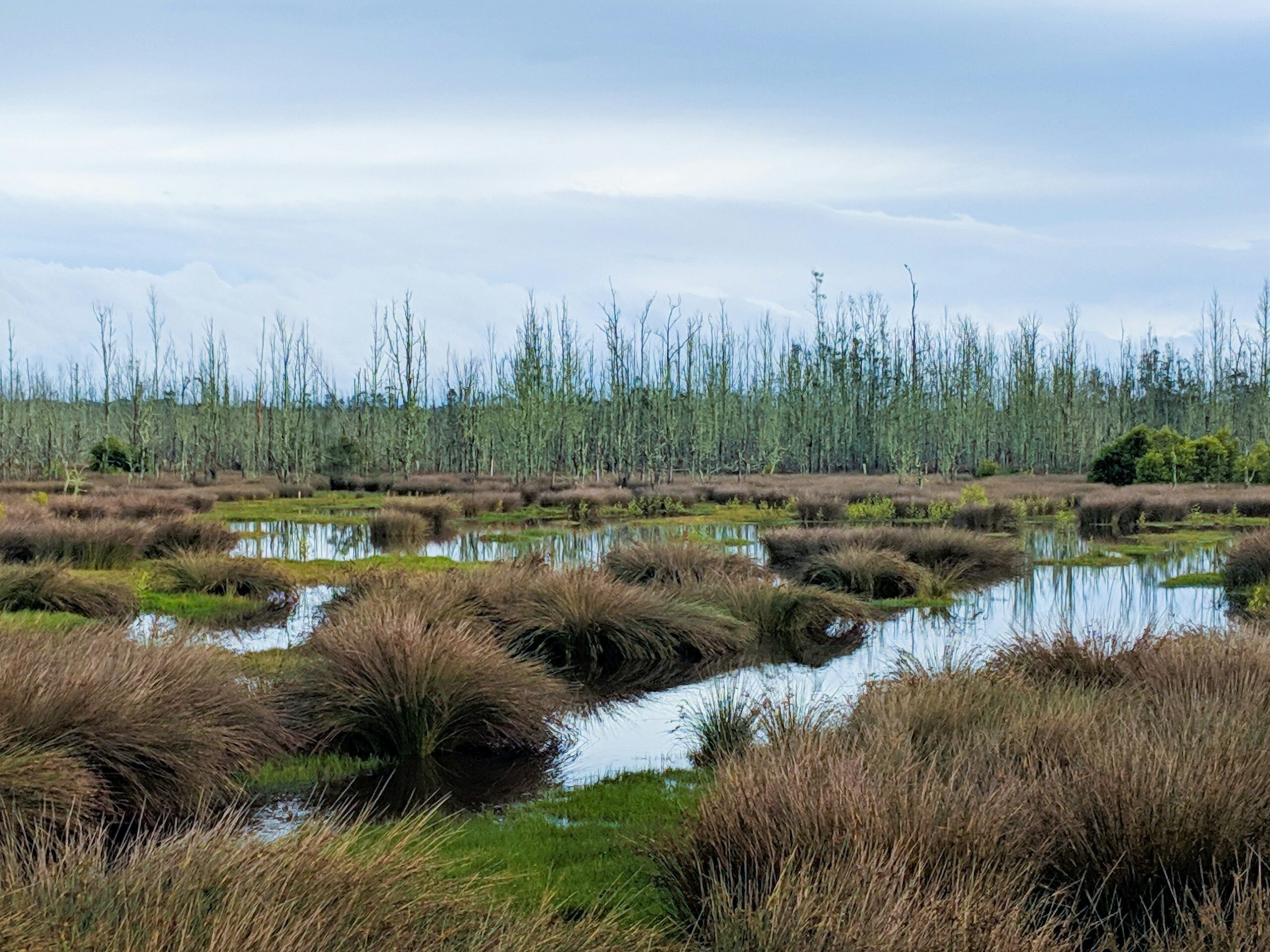Image description: Wetlands in Anna Bay, Australia. Image by Andrew Coates, Unsplash
New research has been published documenting the economics of floating wetlands around the world, finding they were a cost-effective way to improve water quality.
The Guardian recently profiled the co-authors of the study, which looked at the use of artificial floating wetlands to improve water quality in wastewater systems.
The study looked closely at 11 floating wetlands around the world, which vary in style and application: some combine natural materials to make the floating platforms that will need replacing every few years; others can last 20 years or more.
Dr John Awad, the study’s lead author from the CSIRO, says they found floating wetlands were economically competitive with other engineering options, and generally that the larger they got, the cheaper the cost per kilogram to remove nutrients.
“Floating wetlands mimic the functions of natural ecosystems, filtering nutrients and pollutants through plant roots and microbial communities.
“But until now, there’s been limited data on what they actually cost to build, maintain and operate at scale.”
“Scale matters,” he says. “Climate also plays a role. Wetlands in warmer regions had longer growing seasons and higher pollutant removal rates.”
He says the study also showed floating wetlands could be a “particularly valuable option in low- and middle-income countries, where affordable, low-energy treatment systems are urgently needed”.
Real-world examples:
The Guardian covered several case studies of artificial wetlands already deployed around the world.
In Florida, an almost 4,000 sq metre floating wetland is being used to help take pesticides and nutrients out of a recreation area and stop them entering a lagoon.
In the middle of Chicago, an industrial stretch of the city’s Chicago river is being transformed with floating wetlands with boardwalks attached; elsewhere on the river floating plant beds are cleaning up a creek and providing habitat for birds and aquatic mammals.
In Pakistan, floating wetlands have been deployed to clean up a crude oil wastewater pit; while in Canada, they’re being used to treat domestic wastewater.
